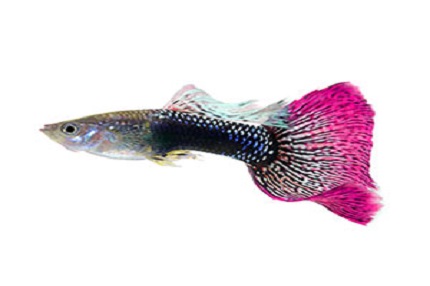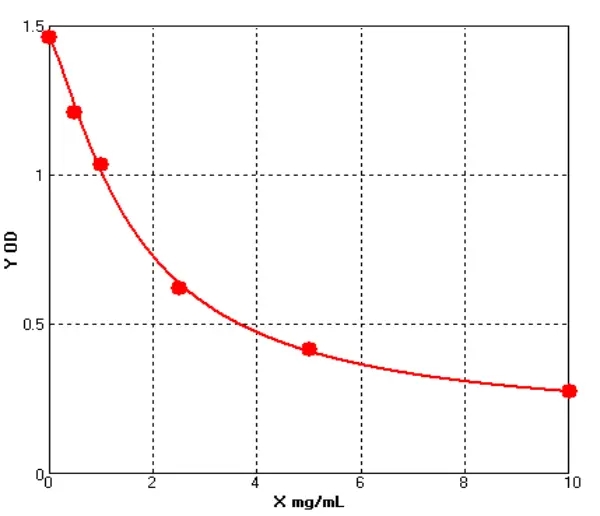Search ELISA Kits
Goat ELISA Kits Types
-
Goat Calcium Binding Protein D9K ELISA kitMANUAL
Cat. No.: E06C2509
Detection Range: 50-1000pg/mL
Reactivity: Goat
Sensitivity: 1.0pg/mL
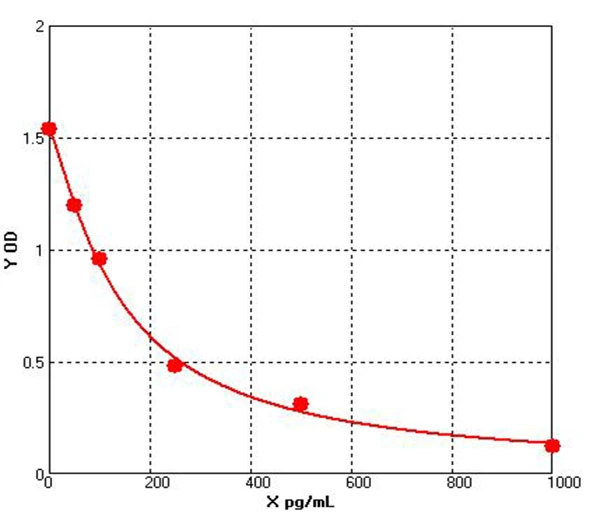
-
Goat Transforming Growth Factor β ELISA kitMANUAL
Cat. No.: E06T0058
Detection Range: 50-1000pg/mL
Reactivity: Goat
Sensitivity: 1.0pg/mL

-
Goat Tumor Necrosis Factor Alpha ELISA kitMANUAL
Cat. No.: E06T0008
Detection Range: 50-1000pg/mL
Reactivity: Goat
Sensitivity: 1.0pg/mL

-
Goat Interferon γ ELISA kitMANUAL
Cat. No.: E06I0345
Detection Range: 50-1000pg/mL
Reactivity: Goat
Sensitivity: 1.0pg/mL

-
Goat Interleukin 12 ELISA kitMANUAL
Cat. No.: E06I0033
Detection Range: 50-1000pg/mL
Reactivity: Goat
Sensitivity: 1.0pg/mL

-
Goat Interleukin 13 ELISA kitMANUAL
Cat. No.: E06I0036
Detection Range: 50-1000pg/mL
Reactivity: Goat
Sensitivity: 1.0pg/mL

-
Goat Interleukin 1β ELISA kitMANUAL
Cat. No.: E06I0010
Detection Range: 50-1000pg/mL
Reactivity: Goat
Sensitivity: 1.0pg/mL

-
Goat Interleukin 4 ELISA kitMANUAL
Cat. No.: E06I0007
Detection Range: 50-1000pg/mL
Reactivity: Goat
Sensitivity: 1.0pg/mL

-
Goat Interleukin 6 ELISA kitMANUAL
Cat. No.: E06I0006
Detection Range: 50-1000pg/mL
Reactivity: Goat
Sensitivity: 1.0pg/mL

-
Goat Interleukin 8 ELISA kitMANUAL
Cat. No.: E06I0056
Detection Range: 50-1000pg/mL
Reactivity: Goat
Sensitivity: 1.0pg/mL

-
Goat Estrogens ELISA kitMANUAL
Cat. No.: E06E0314
Detection Range: 0.5-10ng/mL
Reactivity: Goat
Sensitivity: 0.1ng/mL
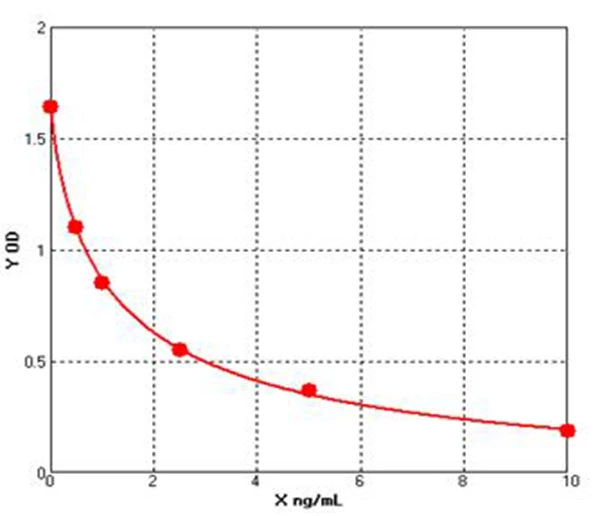
-
Goat Heat Shock Protein 70 ELISA kitMANUAL
Cat. No.: E06H0022
Detection Range: 0.5-10ng/mL
Reactivity: Goat
Sensitivity: 0.1ng/mL
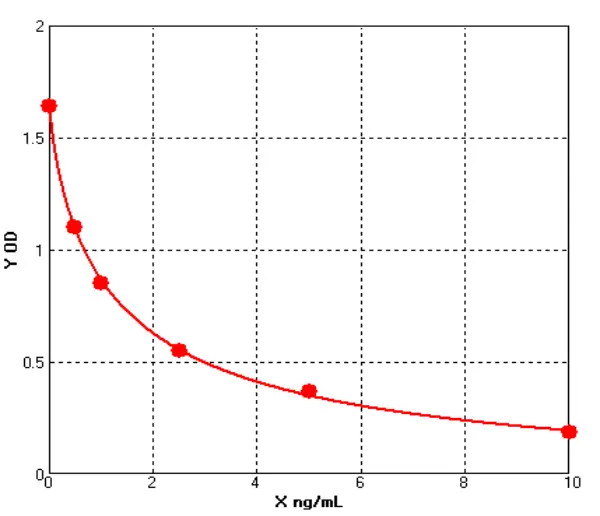
-
Goat Hypoxia Inducible Factor 1, Alpha ELISA kitMANUAL
Cat. No.: E06H0061
Detection Range: 0.5-10ng/mL
Reactivity: Goat
Sensitivity: 0.1ng/mL
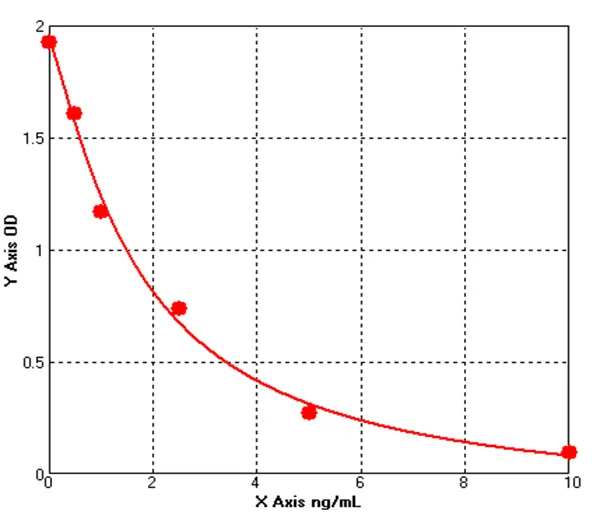
-
Goat Insulin ELISA kitMANUAL
Cat. No.: E06I0004
Detection Range: 0.5-10ng/mL
Reactivity: Goat
Sensitivity: 0.1ng/mL

-
Goat Transient Receptor Potential Vanilloid-6 ELISA kitMANUAL
Cat. No.: E06T0758
Detection Range: 1.0-25ng/mL
Reactivity: Goat
Sensitivity: 0.1ng/mL
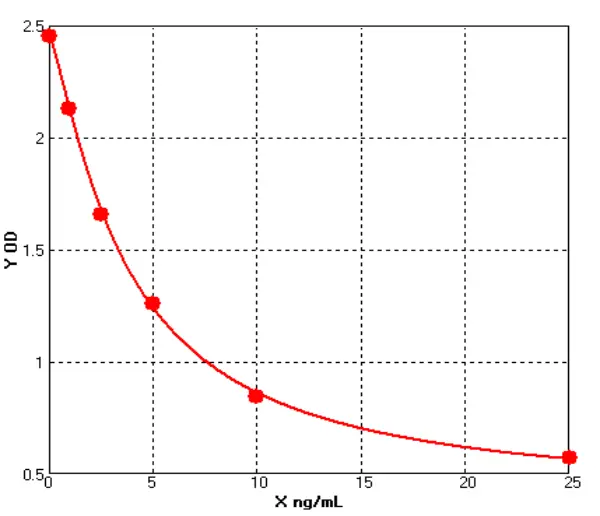
-
Goat Nuclear factor kB ELISA kitMANUAL
Cat. No.: E06N0011
Detection Range: 1.0-25ng/mL
Reactivity: Goat
Sensitivity: 0.1ng/mL
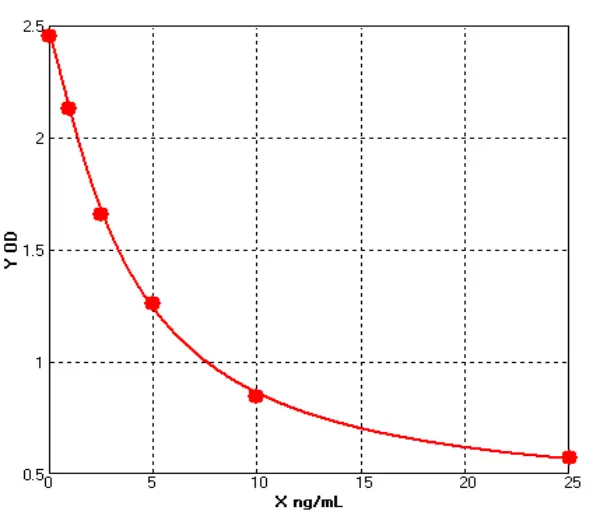
-
Goat Glucagon ELISA kitMANUAL
Cat. No.: E06G0101
Detection Range: 10-250ng/mL
Reactivity: Goat
Sensitivity: 1.0ng/mL
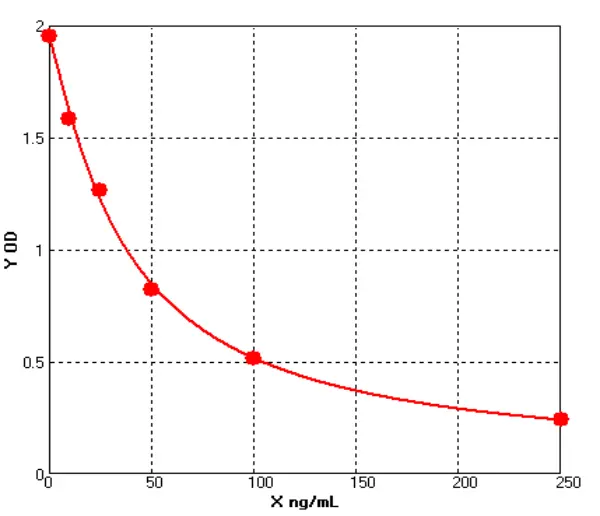
-
Goat Prostaglandin F Metabolite ELISA kitMANUAL
Cat. No.: E06P0751
Detection Range: 10-250ng/mL
Reactivity: Goat
Sensitivity: 1.0ng/mL

-
Goat Vitamin D Receptor ELISA kitMANUAL
Cat. No.: E06V0028
Detection Range: 2.5-50ng/mL
Reactivity: Goat
Sensitivity: 0.1ng/mL
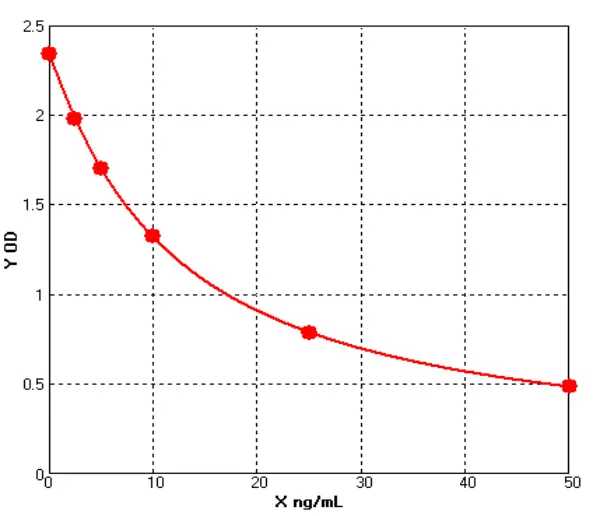
-
Goat Leptin ELISA kitMANUAL
Cat. No.: E06L0038
Detection Range: 2.5-50ng/mL
Reactivity: Goat
Sensitivity: 0.1ng/mL

-
Goat Progesterone ELISA kitMANUAL
Cat. No.: E06P0200
Detection Range: 2.5-50ng/mL
Reactivity: Goat
Sensitivity: 0.1ng/mL

-
Goat Heparin binding protein ELISA kitMANUAL
Cat. No.: E06H0039
Detection Range: 5.0-100ng/mL
Reactivity: Goat
Sensitivity: 1.0ng/mL
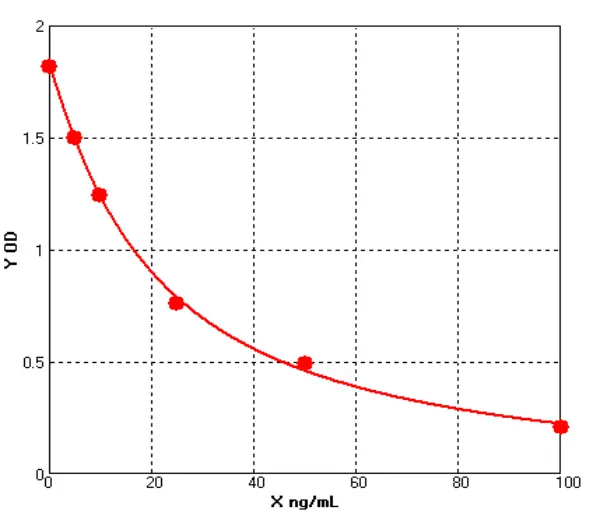
How Do I Maintain Quality Control of ELISA?
Bring out the ELISA kit from the refrigerator, and put it at room temperature for half an hour. Unpack the kits and mix well all vials to prevent uneven aggregation or adhesion to the bottle walls. When preparing serum samples, it should be noted that the samples with thick and white lipids cannot be used. The tissue samples must be rinsed to clean the blood and ground sufficiently. Please note that there should be no bubbles in the microplate, and the sample amount should be kept consistent. The bottom of the microplate should be wiped clean, otherwise the dust will affect the result reading. In addition, each experiment should be carried out with at least one standard curve and duplicated experiment for each samples to eliminate accidental errors. The quality control experiment usually include linearity, specificity, recovery, intra and inter assay CV, stability, sensitivity, etc.
How To Raise Goats For Laboratory Research?
Goats are mainly raised by grazing and enclosure. Grazed feeding can save the costs of forage, equipment, etc. And the feeding cost is low, but it is affected by climate and season.
Therefore, it is recommended to breed goats in captivity so that they can develop in a balanced way. And the feed utilization rate is relatively high, which is easy to form scale, and the commodity rate is high. Breeding rams require the high nutritive value of feed, sufficient high-quality protein, vitamins, and inorganic salts, easy digestion, and good palatability. In the nonbreeding period, high-quality green hay and a small amount of fresh green and juicy feed are regularly fed twice a day. At the same time, each adult breeding ram is fed with 0.3kg of full-price formula feed every day. The daily grazing time is 6~8 hours to be allowed ad libitum to feed themselves. Rams can be formally put into breeding production at the age of one year.


